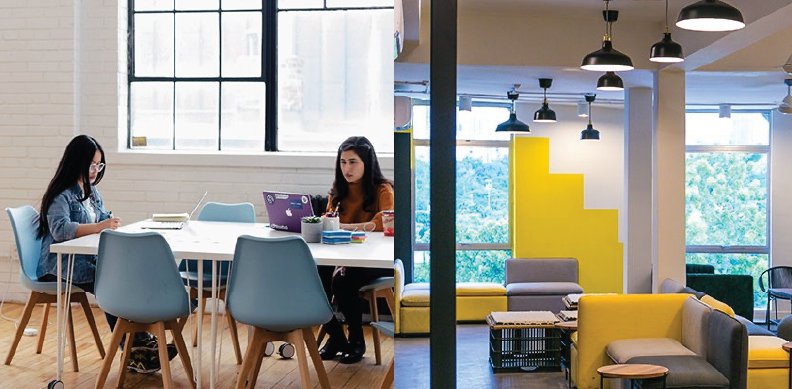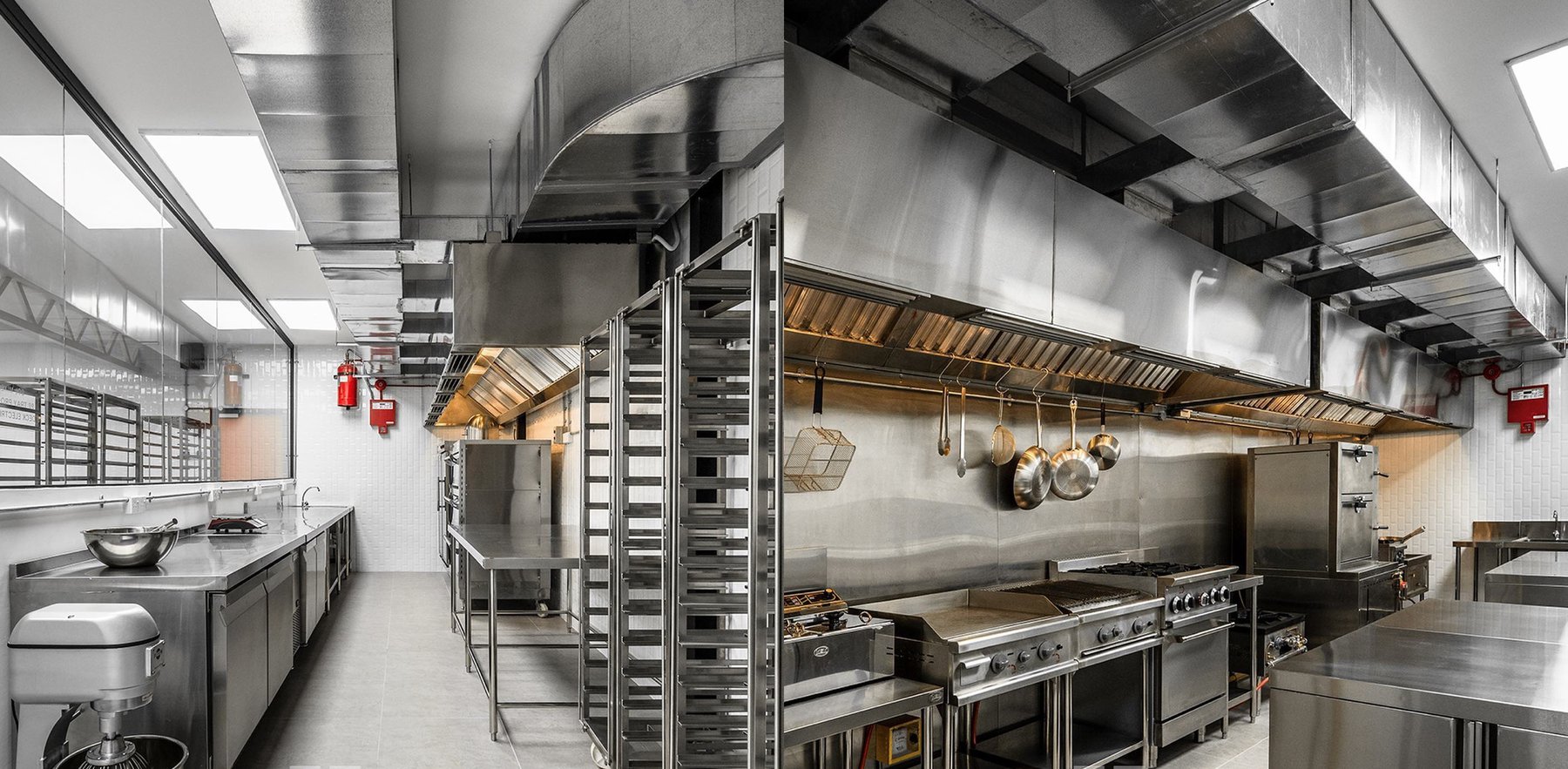
Trends
The Rise of Space as a Service
February 22, 2022
Co-working spaces entail a complete mindset switch from how we view workspaces. The coronavirus pandemic was a compelling reason to embrace this initiative. Remote workers need to feel they belong somewhere, even if the premises are shared. According to GCUC, China will become a significant market for SPaaS in 2022. Many questions still surround the concept of co-working spaces and co-living spaces, but the most concerning question is about their sustainability.

Is “Space as a Service” a Reliable Real Estate Trend?
Notably, SPaaS offers flexibility to different business models and living styles. In addition, it is very cost-effective as a short-term lease. It is arguably the future of real estate. The growing acceptance of SPaaS can be attributed to the rising demand for space with flexibility in this new normal. This demand will grow, and the reasons for this anticipated growth include:
The ongoing demand for remote workers who can work from anywhere globally without a fixed company location and space. Companies are adopting this trend as it offers flexibility for many business operations. The co-working spaces also provide a collaborative environment within and between companies and employees, serving as a common ground for productivity.
Many people prefer food deliveries to eating out at restaurants. According to Hoteltechreport, 86% of the population orders food delivery at least once a month. This has given rise to ghost kitchens, which are essentially central kitchens on a term lease, to match the rising demands. As these restaurants are not open for dining in or dependent on foot traffic, they can operate with just ghost kitchens.
The Extended Reality, which is a new approach companies are using to engage their clients and workers, plays a crucial part in this acceptance. According to Boston Consulting Group research, the extended reality market value reached $30.7 billion in 2021 and will possibly reach $247 billion by 2024. This surge in market value can only be a pointer to the continued acceptance of SPaaS.
Understanding the Demands Behind Space as a Service
The truth is, these spaces are usually scalable and highly adaptable, making them dynamic enough to match ever-changing organisation needs. Their dynamism makes them an easy fit for startups. In addition to shared co-working spaces, and co-living spaces, there are many nascent business models like the ghost kitchen and the extended realities that operate with the business model of SPaaS.
According to Forbes, extended reality can help dispersed teams collaborate. It enhances the ability to work hand-in-hand with your work team regardless of location and time zones. “Extended reality” is a bucket term; it is an extension of the real environment into virtual environments. Extended reality is a new tech wave, and while it has seen a mass adoption, its undying need for innovative areas and spaces that are upgradable and scalable is why it concerns SPaaS.

Ghost kitchens are also another new wave of invention that catapults the demands of SPaaS. According to Statista, in 2019, the global market of ghost kitchens was valued at USD 40 billion. A large-market cap like that with promised growth can only mean more revenue for SPaaS.
The Future of Space as a Service
The internet is revolutionary, and it’s helping us reshape the future of work/life balance. We’ve seen changes happen to communications, transportation services, and the provision of goods. That revolution is now transforming the real estate industry. Before the pandemic, there was already a general movement towards SPaaS, as espoused by the likes of Airbnb, Clutter, Common, and WeWork.
These providers actively monetised spaces by their function. Even with the current slow growth the industry has experienced due to the pandemic, the rise of Space as a service remains a potential and promising investment for realtors and corporates alike. In essence, co-working spaces provide a collaborative environment within and between companies and recruiters, serving as a common ground for productivity.
Pros and Cons of Space as a Service
As a new concept on the rise, there are many angles to view the concept of space as a service. Of course, individuals and companies would have their approaches.
PROS
Flexibility
In today’s world, where technology rules almost every sphere, flexibility is a common trait everybody seeks. Large and medium-sized corporations want to operate on flexible terms so that they can be agile. Co-working spaces are just as flexible, offering the same functions as regular offices.
Cost-effective
A key appeal of SPaaS is cost-effectiveness, as it rules out the need to rent or own space on a long-term basis. As this provides greater convenience, it attracts millennials looking for affordable and temporary work and live spaces.Fuels Productivity
Companies no longer need to be at fixed locations, especially if the work is not location-based. It allows mobility which can result in higher efficiency and productivity.CONS
Noises
Although co-working spaces are cost-effective, they lack privacy and exclusivity. Since spaces are shared, noise or disturbances are expected.

Final Thoughts
The demand for co-working and co-living spaces will continue to rise. As a work and live space model, it's flexible and dynamic and a lot more promising than owning regular landed assets. The pandemic has accelerated the change in perspective, and we can only expect that the acceptance of Space as a Service will continue to skyrocket.